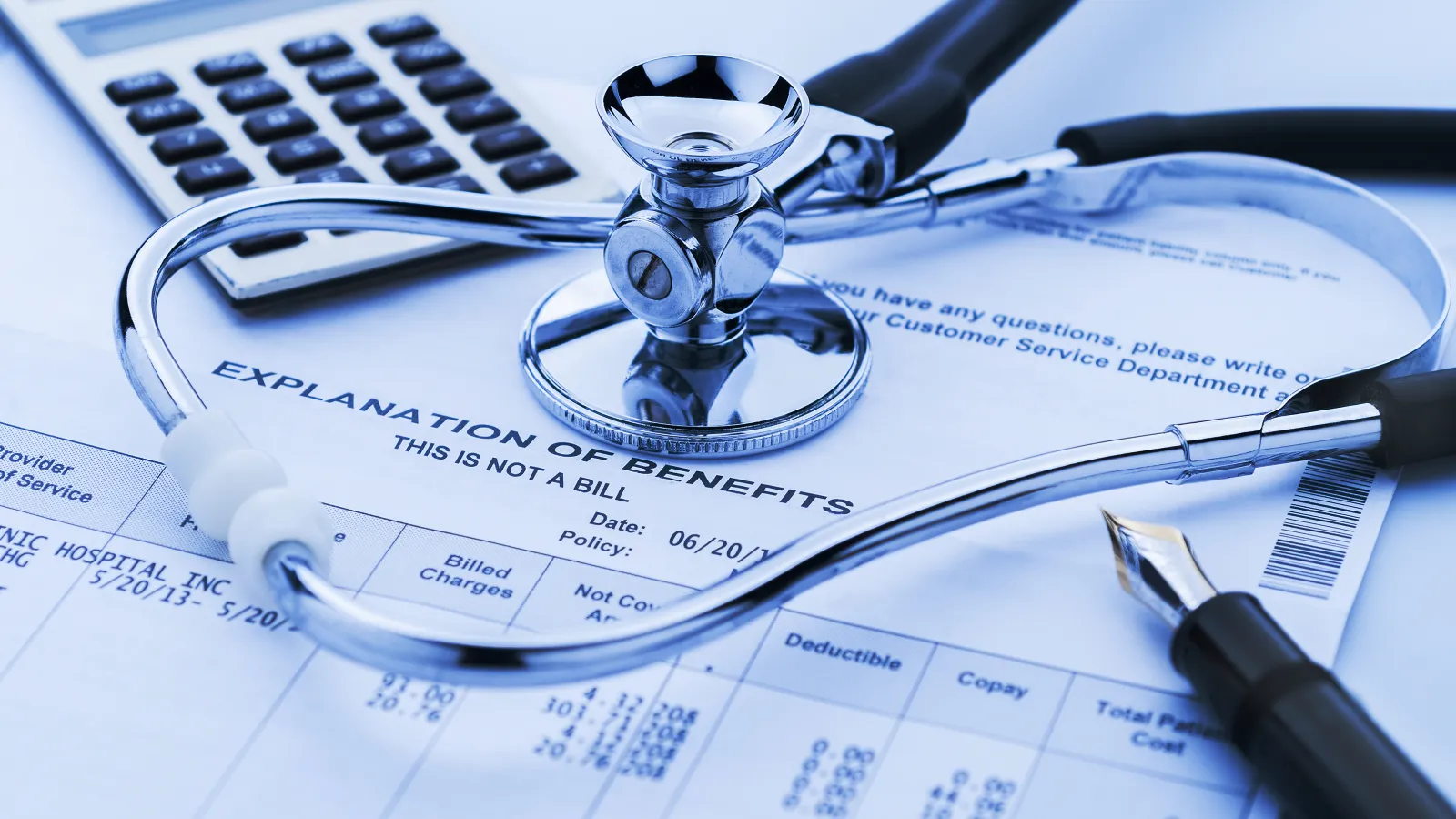The tax update related to Section179 and bonus depreciation is for federal purposes only until adopted by the states. Through 2014 some states have differed in the amount allowed under Section 179 and have totally disallowed the bonus depreciation deduction.
Section 179 – Taxpayers (other than estates, trusts, and certain noncorporate lessors) can elect to treat the cost of qualifying property, called section 179 property, as a deductible expense rather than a capital expenditure. Section 179 property is generally defined as new or used depreciable tangible section 1245 property that is purchased for use in the active conduct of a trade or business.
The Code Sec. 179 dollar and investment limitations of $500,000 and $2 million, respectively, was extended for 2015, have been made permanent and will be adjusted for inflation for tax years beginning after 2015. In addition, the computer software deduction rule has been made permanent, and the qualified real property allowance has been modified and made permanent. For tax years beginning after 2015, the Code Sec. 179 expense deduction will be allowed for air conditioning and heating units.
Off-the-shelf computer software means any program designed to cause a computer to perform a desired function that (i) is readily available for purchase by the general public, (ii) is subject to a nonexclusive license, and (iii) has not been substantially modified. Software does not include any database or similar item, unless it is in the public domain and is incidental to the operation of otherwise qualifying software.
Qualified real property generally consists of qualified leasehold improvements, qualified restaurant property, and qualified retail improvement property as defined under the internal revenue code. The elected amount is counted toward the $500,000 annual dollar limitation applicable to each of those years. If there is a taxable income limitation on the ability to utilize the Section 179 expensing option of qualifying real property then any unused amount attributable to qualifying real property is not carried forward but is instead depreciated.
Bonus Depreciation – Through the end of 2014, a 50-percent bonus depreciation deduction is allowed for the first tax year in which qualifying MACRS property is placed in service. The bonus depreciation allowance is only available for new property (i.e., property the original use of which begins with the taxpayer depreciable under MACRS that: (1) has a recovery period of 20 years or less, (2) is MACRS water utility property, (3) is computer software depreciable over three years under Code Sec. 167(f), or (4) is qualified leasehold improvement property.
The bonus depreciation allowance is extended to apply to qualifying property placed in service before January 1, 2020 (or before January 1, 2021 in the case of certain noncommercial aircraft and certain long production period property. In addition to extending bonus depreciation, a number of modification have been made which includes:
- reducing the bonus rate from 50 percent for 2015 to 2017 to 40 percent for property placed in service in 2018 and to 30 percent for property placed in service in 2019;
- replacing the bonus allowance for qualified leasehold improvement property with a bonus allowance for additions and improvements to the interior of any nonresidential real property, effective for property placed in service after 2015;
- allowing farmers to claim a 50 percent deduction in place of bonus depreciation on certain trees, vines, and plants in the year of planting or grafting rather than the placed-in-service year, effective for planting and grafting after 2015;
- reducing the $8,000 bump-up in the first year luxury car depreciation cap for passenger automobiles on which bonus depreciation is claimed to $6,400 for passenger automobiles placed in service in 2018 and to $4,800 for passenger automobiles placed in service in 2019.
Qualified Improvement Property – Effective for property placed in service after 2015, the provision which allows bonus depreciation on “qualified leasehold improvement property” is replaced with an expanded version which allows bonus depreciation on “qualified improvement property. Qualified improvement property is defined similarly to qualified leasehold improvement property except that qualified improvement property does not need to be placed in service pursuant to the terms of a lease and qualified improvement property does not need to be placed in service more than three years after the improved building was first placed in service. The new law permanently extends the 15-year recovery period for qualified leasehold improvement property, qualified retail improvement property, and qualified restaurant property. “Qualified improvement property” does not qualify for a 15-year recovery period unless it meets the definition of qualified leasehold improvement property, qualified retail improvement property, or qualified restaurant property.

